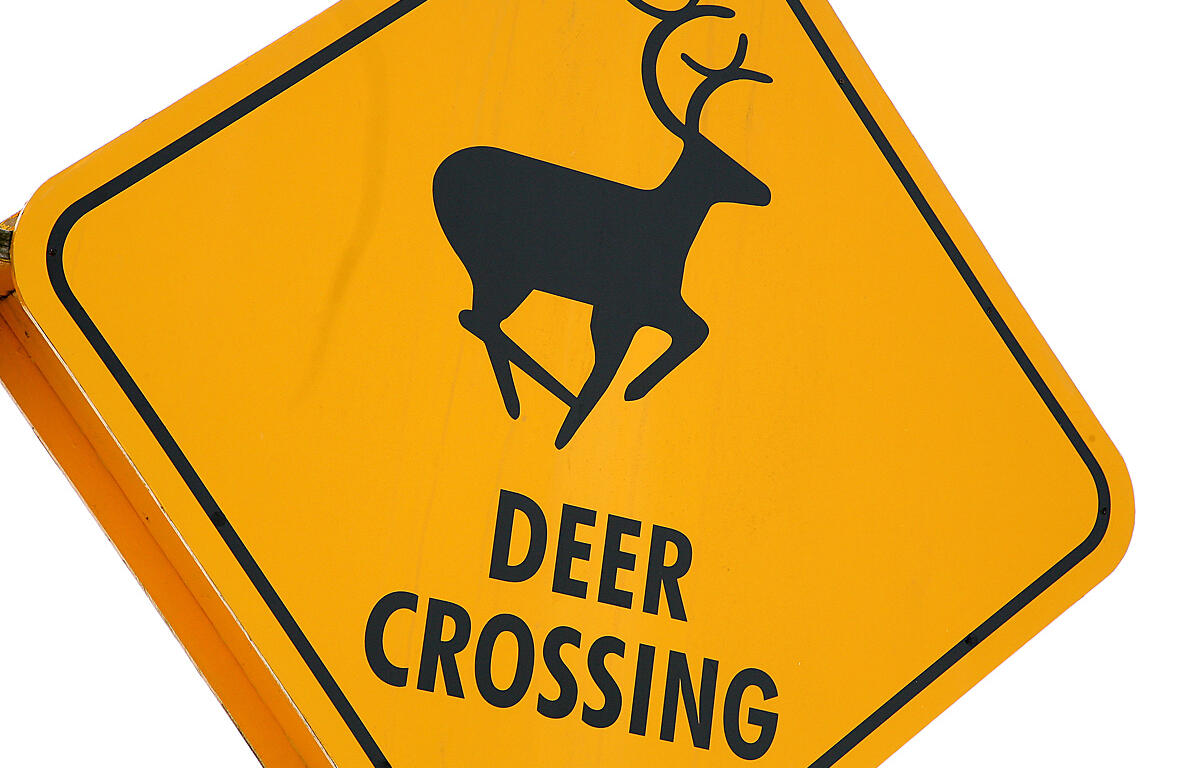As suburban and rural areas continue to expand, homeowners often find themselves sharing their space with wildlife, including deer. While these graceful creatures can be a beautiful sight, they can also be a gardener’s worst nightmare.
Deer have a voracious appetite for many types of landscaping plants, leading to significant damage to gardens and yards. Fortunately, there are several effective strategies to prevent deer from turning your landscaping into their personal buffet.
To effectively deter deer, it’s helpful to understand their behavior. Deer are most active at dawn and dusk, and they are particularly drawn to tender, young plants. They rely heavily on their sense of smell and taste to locate food, which provides a clue for creating deterrents.
Effective Deer Deterrents
- Fencing: One of the most effective ways to keep deer out of your garden is to install a fence. To be effective, the fence should be at least 8 feet tall, as deer are excellent jumpers. For added security, consider an angled or double fence, which can confuse and deter deer.
- Plant Selection: Incorporate deer-resistant plants into your landscaping. While no plant is completely deer-proof, many are less appealing to deer. These include:
- Herbs: Lavender, sage, and rosemary.
- Perennials: Yarrow, foxglove, and Russian sage.
- Shrubs: Boxwood, butterfly bush, and barberry.
- Repellents: There are numerous commercial deer repellents available that can be sprayed on plants. These typically work by emitting a scent or taste that deer find unpleasant. Homemade solutions can also be effective. For example, a mixture of eggs, water, and a few drops of dish soap can be sprayed on plants to deter deer.
- Physical Barriers: Netting and tree wraps can protect individual plants, particularly young trees and shrubs. These barriers should be checked regularly and adjusted as plants grow.
- Motion-Activated Devices: Motion-activated sprinklers or lights can startle deer and discourage them from entering your garden. These devices can be particularly effective at night when deer are most active.
- Scare Tactics: Use scare tactics such as hanging reflective objects like old CDs, aluminum foil strips, or wind chimes around your garden. The light and noise can help to deter deer.
- Companion Planting: Some gardeners find success by planting less desirable plants around the perimeter of their gardens to act as a natural barrier. For example, deer tend to avoid plants with strong scents or prickly textures.
Regular maintenance and monitoring of your garden are crucial. Remove fallen fruit, nuts, and other food sources that may attract deer. Keep your garden well-maintained and tidy to reduce hiding spots for deer and other wildlife.
Dealing with deer in your garden requires a combination of strategies and persistence. By understanding deer behavior and using a mix of physical barriers, repellents, and smart planting choices, you can protect your landscaping plants from these hungry visitors. A well-maintained and deer-resistant garden not only enhances the beauty of your property but also ensures that your hard work and investment are safeguarded.
For more tips and detailed advice, local gardening clubs and extension services can be valuable resources. Happy gardening!




